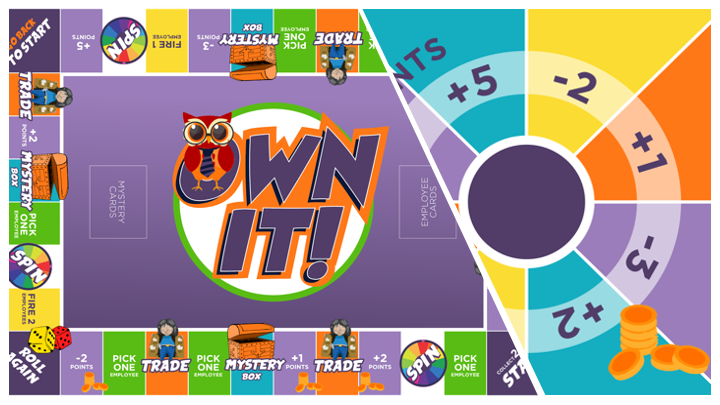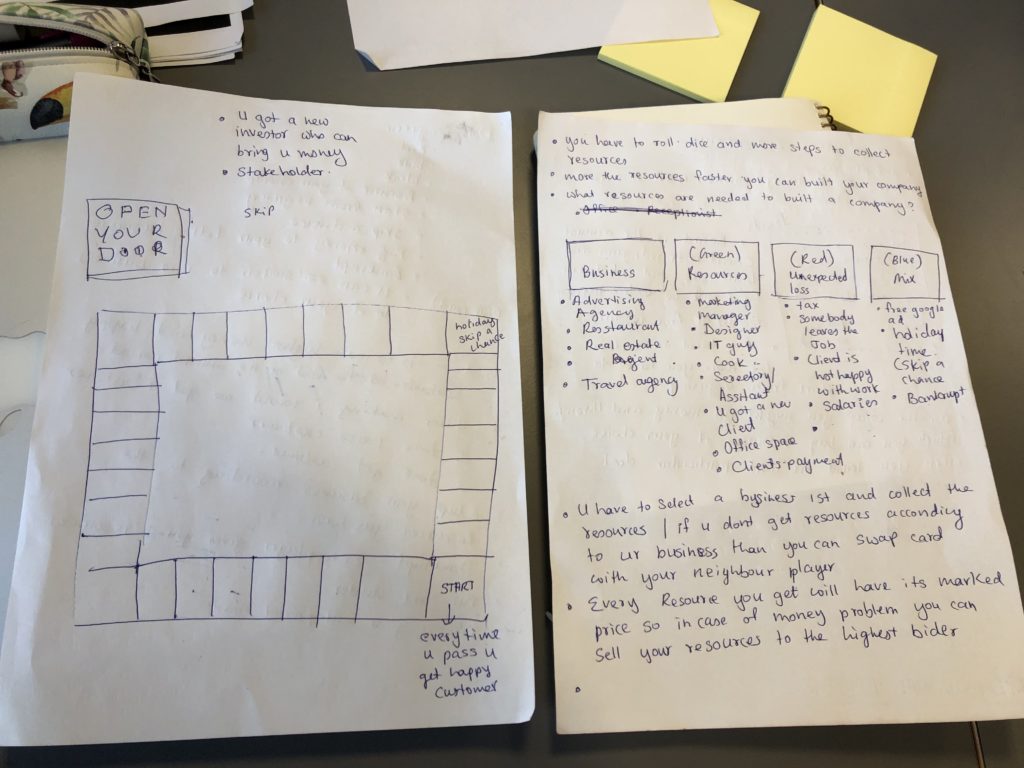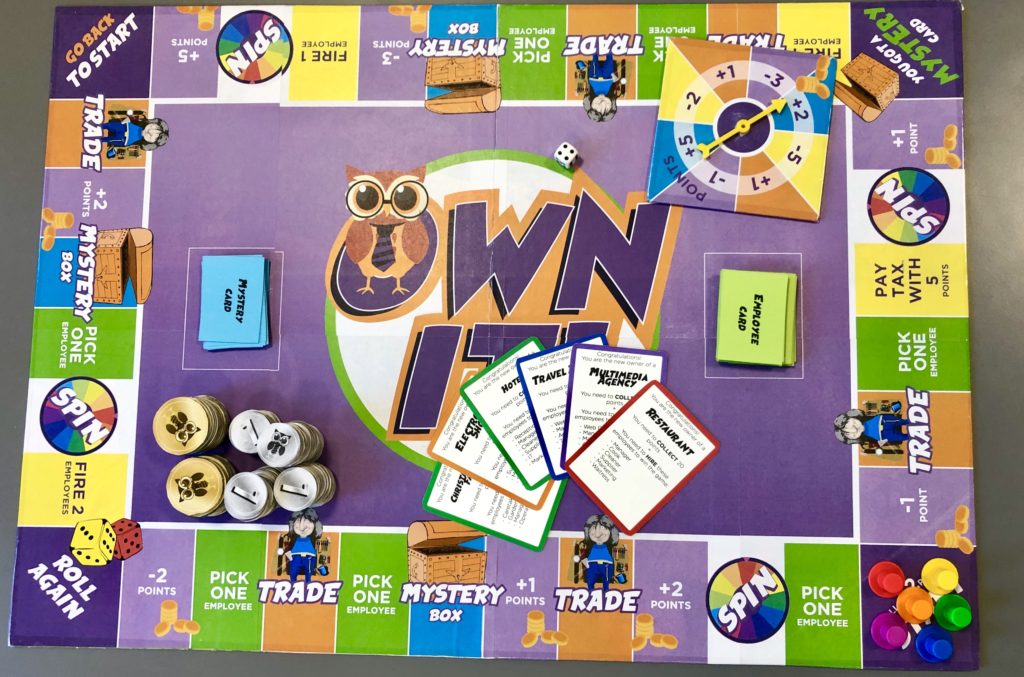
Google design sprint
Designing an educational board game for entrepreneurs
THE GOAL
The goal of this project was to create a prototype for a game targeting young entrepreneurs during a 5-day sprint. The project is based on chapter 10 from a book “Effectual Entrepreneurship” by Stuart Read, Saras Sarasvathy, Nick Dew, and Robert Wiltbank. The aim was to incorporate “The bird-in-hand principle: Start with what you have” and follow the “Google Design Sprint” steps.
YEAR AND MY ROLE
This was a group project for IBA with me and other 4 students.
October, 2020
Day 1 - Map
On the first day of the sprint we formed our team and started mapping out our challange. We worked on understanding the problem. We came up with initial ideas, discussed our ideas with experts and established our learning outcome.
In addition, we determined what game mechanics we will use in the game and discussed game aesthetics. Also we came up with a long term goal.
Learing Outcome
To create an entertaining educational game what learns how to establish a business from the resources already available and learns to collaborate with others to reach the goal.
Bird-in-hand
We researched the article on which our game will be based on. The Bird-in-hand principle discusses 3 means that an entrepreneurs should consider before starting their business – who you are, what you know and who you know. “Who you are” mean refers to the sources that are directly accessible to one, like, family, hobbies and interests. “What you know” refers to ones prior knowledge from education or job . “Who you know” refers to people you know indirectly, but they are linked to you, for example, classmates or social media followers.



Day 2 - Sketch
Lightning Demos
On the second day of the sprint we reviewed great solutions from other board games intended for entrepreneurs, such as, Monopoly, SHASN and GoVenture. We discussed about what elements we would like to incorporate in our board game keeping in mind the Bird-in-hand principle.
Sketching
At the end of the day we sketched down all ideas and different elements of possible solutions.
Day 3 - Decide
On the third day we reviewed all ideas and choose the strongest ones that we had came up with. Drawing from that information we created a blueprint of the game board and different cards we planned to use in the game.
We also decided on game mechanics, aesthetics of the game and design elements we are going to use, for example, colour scheme, fonts and characters.
Goal of the Game
During this day we came up with the game goal. We agreed that in order for player to win he has to:
- gather the right resources for chosen business. It can be done either by exchanging cards, upgrading cards or getting that ‘’substitute card’’.
- gather the required amount of points which can be done by spinning the wheel or collecting the points by steping on the the “point” fields.
Colors
We choose colour purple as the master colour as it symbolises quality, creativity and wisdom. Blue stands for efficiency and is used for “”Myster Box” fields. Orange connotes happiness and fun, and thus is used on “”Trade” fields as it is the most fun part of the game – to trade with other players. Meanwhile green stands for balance and good luck as is used on fields where player picks “Employee” card.
Spinner
To give extra fun element to the game we added a spinner, where players can win or lose points. It also signifies that in life one often has to make choices or take risks that they don’t know where they lead – you never know if you are going to win or lose – just like spinning the spinner.
Cards
We came up with 3 types of cards. Mystery card – a card that is picked up when one steps on the “Mystery Box” field. Employee card – almost each employee card is different. The player has to collect the needed employees to win the game. Player starts the game with 5 randomly choosen employee cards on hands. And Business card – that is the card that is blindly chosen by the player at the start of the game. It states a business the player has to ”develop” in order to win the game.
Giving the name
We also came up with a name of the game – “Own it!”. Reffering to the principle Bird-in-hand we incorporated an owl in our game logo. Owl signifies wisdom, intelligence and intuitive knowledge which can be seen as a part of our game.
Playing the game
I order to acknowledge the failing points of the game we played the game few time. That gave us an insight into the game play process and we realised that some of the elements of the game will not work. In addition, we found out the realistic amount of points player should gather to win the game.













Day 4 - Prototype
On the fourth day we gathered materials, started building a facade of the game and designing the board and the cards. We divided the tasks between the team members to manage everything in time.
We designed the game board using the colour palette we previously agreed on. In the center of the game we added our game logo and next to it we placed two spaces for the cards.
By the end of the day we had developed a playable prototype of our game.
Cards
During the designing process we decided to incorporate funny characters on “Employee cards” to make the cards easier to recognise. We also printed the cards in green colour to match the game board fields where they are picked up.
On business cards we added all required information for the player regarding the game goal. In addition, to make each business to stand out from others we incorporated a boarder line around the card.
“Mystery cards” were printed on the same colour paper as the game board fields to match and thus make it easy to understand which card the player should pick up.
Spinner
The same colours were used in the spinner design. Orange and blue colours were used for fields were player can win points, but purple and yellow for fields were one loses points.
Coins
We created gold and silver coins, where gold coins are 5 points and silver points are 1 point. We put the value on one side of the coin and our game symbol owl on the other side. We printed them and glued them on cardboard to make them feel more valuable and player friendly.
Box
We created a box for the game.
At the end of the day we printed the the board design and glued it to the board, and we printed all cards. We cut out all the coins and cut everything out. By the end of the day we had developed a playable prototype of our game.
Day 5 - Test
On the fifth day our game was played by other students and we were open for their feedback. This game was for user testing and discovering what works and what does not. I can gladly announce that we received only positive feedback – both regarding the gameplay and it’s relevance to the Bird-in-hand principle. In addition, the everybody loved the design of the game.

Learing Outcome
During this sprint teamwork was the most important, as we did not have a lot of time to come up with a playable prototype. I learned more about gameplay and different elements that make a game more interesting or boring. Also I learned about entrepreneurship, specially, the “Bird-in-hand” principle. Incorporating the principle into the game and making it work was the most difficult part of the sprint. Overall this was a fun project to work on and I learned to work efficiently on short deadline.
